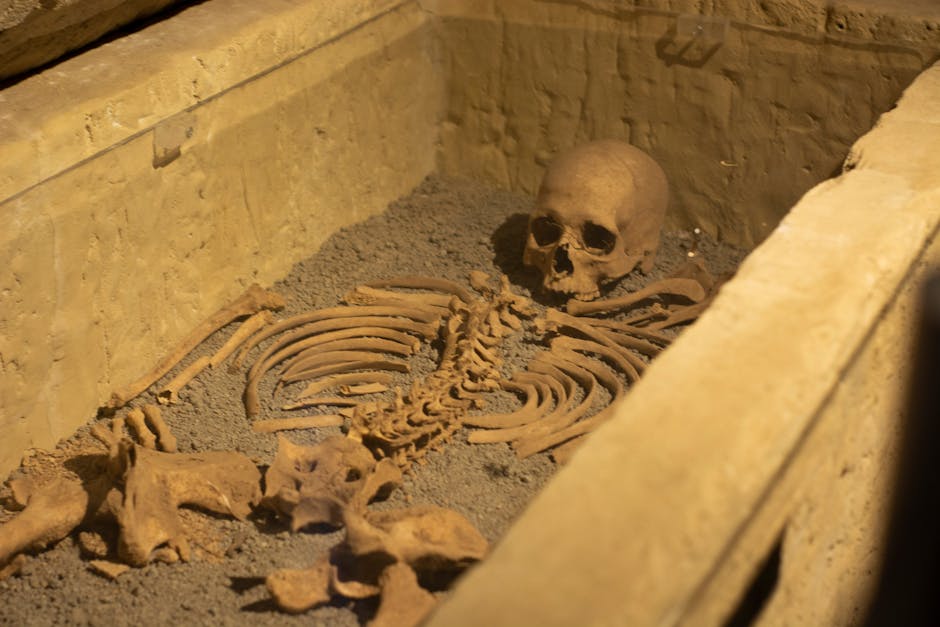The History of Skull Fracture Treatments: From Ancient to Modern
Skull fractures, a serious injury involving a break or crack in the cranial bone, have been a significant medical concern throughout history. From ancient remedies to modern surgical techniques, the evolution of skull fracture treatments is a fascinating journey through time. In this blog post, we will explore the historical progression of skull fracture treatments, highlighting key advancements and practices that have shaped modern medicine.
Table of Contents
1. Introduction to Skull Fracture Treatments
2. Ancient Remedies and Practices
3. Medieval Approaches to Skull Fractures
4. The Renaissance Era: A New Understanding
5. Modern Surgical Techniques
6. Conclusion
7. FAQs
Introduction to Skull Fracture Treatments
Skull fractures can occur due to various reasons, including falls, accidents, or violent encounters. Over the centuries, medical practitioners have developed numerous methods to treat these injuries, often reflecting the scientific understanding and cultural beliefs of their time. Let’s delve into how different eras approached this delicate issue.
Ancient Remedies and Practices 🏺
In ancient times, skull fractures were treated using a mix of herbal remedies, spiritual rituals, and crude surgical interventions. The ancient Egyptians, for example, employed trepanation—a procedure involving drilling a hole into the skull—to relieve pressure and treat head injuries. While this might sound terrifying today, it was surprisingly common and often performed by skilled practitioners.
Similarly, ancient Greek and Roman physicians, such as Hippocrates and Galen, documented various methods for dealing with skull injuries, emphasizing cleanliness and the use of bandages to prevent infection.
Medieval Approaches to Skull Fractures ⚔️
The medieval period saw a mix of superstition and rudimentary medical practices. Surgeons, often limited by the lack of anatomical knowledge, relied heavily on the works of ancient scholars. They used basic tools to clean wounds and applied poultices to aid healing. Bloodletting and leech therapy were also popular, albeit controversial, methods believed to balance bodily humors and promote recovery.
The Renaissance Era: A New Understanding 🌟
The Renaissance period marked a significant shift in medical practices, driven by a renewed interest in science and anatomy. Andreas Vesalius, a notable figure of this era, challenged previous medical doctrines and encouraged direct observation and dissection. This period laid the groundwork for a more scientific approach to treating skull fractures, emphasizing anatomical study and the development of surgical instruments.
Modern Surgical Techniques 🔬
Today, the treatment of skull fractures has advanced significantly, thanks to technological innovations and a deeper understanding of human anatomy. Modern techniques involve precise imaging methods like CT scans and MRIs to assess the extent of fractures. Surgical interventions, when necessary, are performed with minimal invasiveness, often utilizing advanced tools and techniques to ensure patient safety and recovery.
Moreover, the focus has shifted to comprehensive treatment plans, including rehabilitation and long-term care, reflecting an integrative approach to patient health.
Conclusion
The journey from ancient trepanation to advanced neurosurgical procedures highlights humanity’s relentless pursuit of medical knowledge and innovation. Understanding the history of skull fracture treatments not only offers insights into past medical practices but also underscores the importance of continued research and development in the medical field.
FAQs
1. What is trepanation, and why was it used in ancient times?
Trepanation involves drilling a hole into the skull and was used to relieve pressure, treat head injuries, or address spiritual beliefs about mental health.
2. How have imaging techniques improved skull fracture treatments?
Modern imaging techniques like CT scans and MRIs provide detailed views of skull fractures, allowing for precise diagnosis and effective treatment planning.
3. Are skull fractures always treated with surgery today?
No, not all skull fractures require surgery. Treatment depends on the severity of the fracture, with many cases managed through observation, medication, and rehabilitation.
4. How did the Renaissance period influence modern medical practices?
The Renaissance period emphasized scientific observation and anatomical studies, laying the foundation for modern medical practices and surgical techniques.

